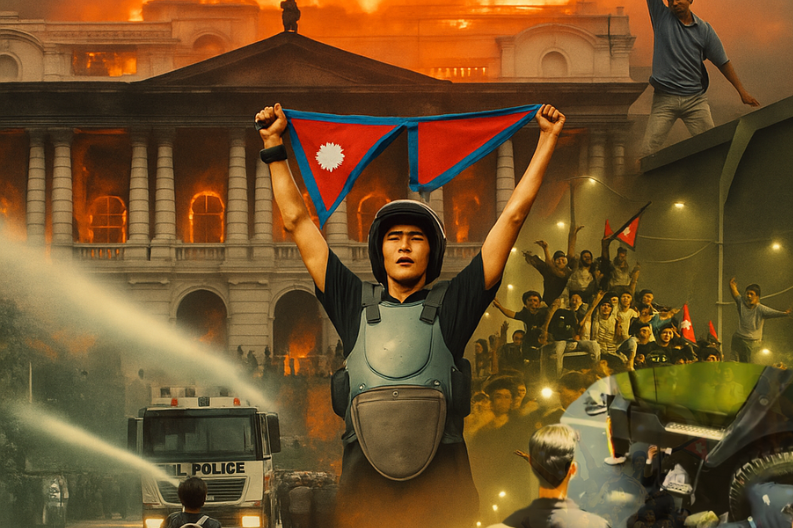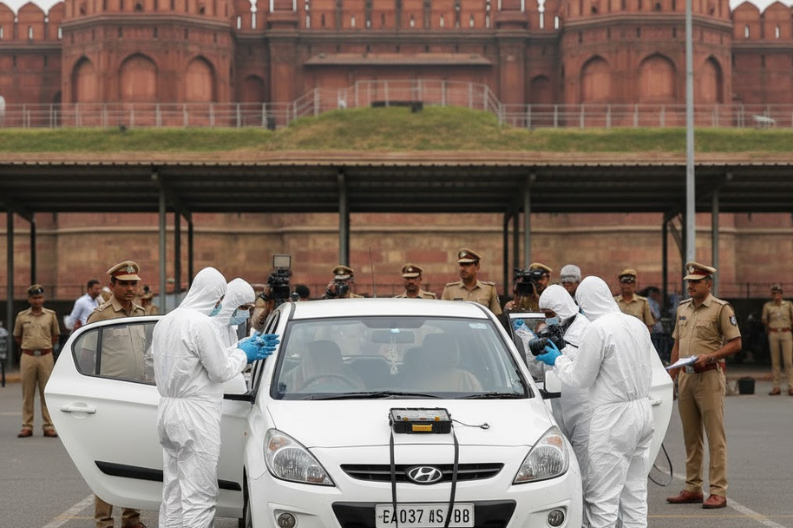Nepal’s Gen Z Protests erupted after the government suddenly banned 26 social media platforms, including Facebook, WhatsApp, Instagram, YouTube, and X. Officials claimed the block was due to non-compliance with new registration rules, but many young citizens believed it was an attempt to silence dissent and hide corruption. Within hours, protests spread across Kathmandu and other major cities.
Although Prime Minister K.P. Sharma Oli lifted the ban under public pressure, unrest only grew. Protesters argued that the problem was not just about apps but about the entire system’s failures. Many linked the move to scandals involving shady hydropower deals and political misuse of power. Surprisingly, TikTok was exempted from the ban, which fueled suspicion about growing Chinese influence through the Digital Silk Road.
By Monday morning, thousands of young people, many wearing school or college uniforms, gathered at Maitighar Mandala. The peaceful march soon escalated when groups stormed Parliament. Security forces responded with tear gas, water cannons, rubber bullets, and even live ammunition. At least 19 people died, while more than 400 were injured. Hospitals across the capital reported dozens in critical condition, with gunshot wounds to the head and chest.
Authorities quickly enforced curfews in sensitive areas, including Parliament and the presidential residence. Kathmandu was virtually turned into a military zone. Human rights organizations condemned the crackdown, describing it as a planned massacre. Analysts warned that the state was treating its citizens as enemies.
Despite the violence, protesters refused to stop. They rallied against nepotism, corruption, and weak accountability in government. The slogan “nepo babies” became a symbol of anger against privileged elites. Independent Mayor Balendra Shah openly supported the movement, while student-led groups and non-profits like Hami Nepal coordinated demonstrations through digital platforms such as Discord.
Amid growing chaos, Prime Minister Oli resigned, followed by Home Minister Ramesh Lekhak and Communications Minister Prithvi Subba Gurung. The government appointed former Supreme Court justice Sushila S. Karki as interim Prime Minister, making her the country’s first woman to hold the office. The election commission scheduled elections for March 5, 2026, to form a new government.
The uprising also highlighted deeper frustrations among youth. Nepal’s dependence on remittances, limited job opportunities, and repeated corruption scandals fueled long-standing resentment. Protesters recalled past controversies like the 2017 Airbus purchase deal that drained the state airline’s finances. For many, the ban on social media was the last straw.
Digital platforms played a key role in organizing the movement. Discord, once known as a gaming app, became a central hub for coordination, live discussions, and even informal voting on leadership preferences. Its popularity underscored how modern protests are blending technology with grassroots activism.
Ultimately, Nepal’s Gen Z Protests were not about apps but about a broken system. They exposed how a corrupt and fragile political order was willing to use violence against its own youth to survive. Yet, the determination of Nepal’s younger generation signals a new era in the nation’s struggle for accountability and freedom.



